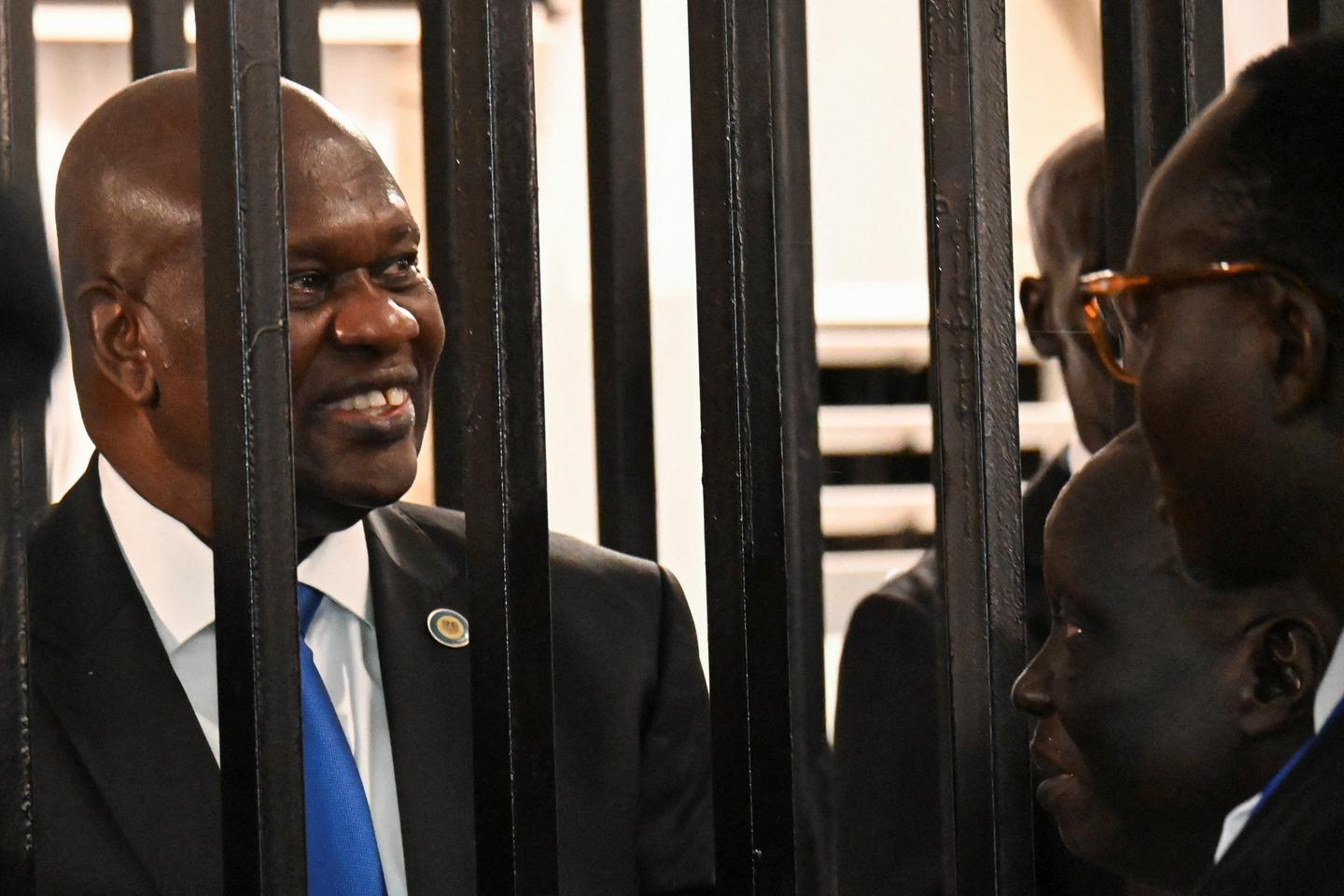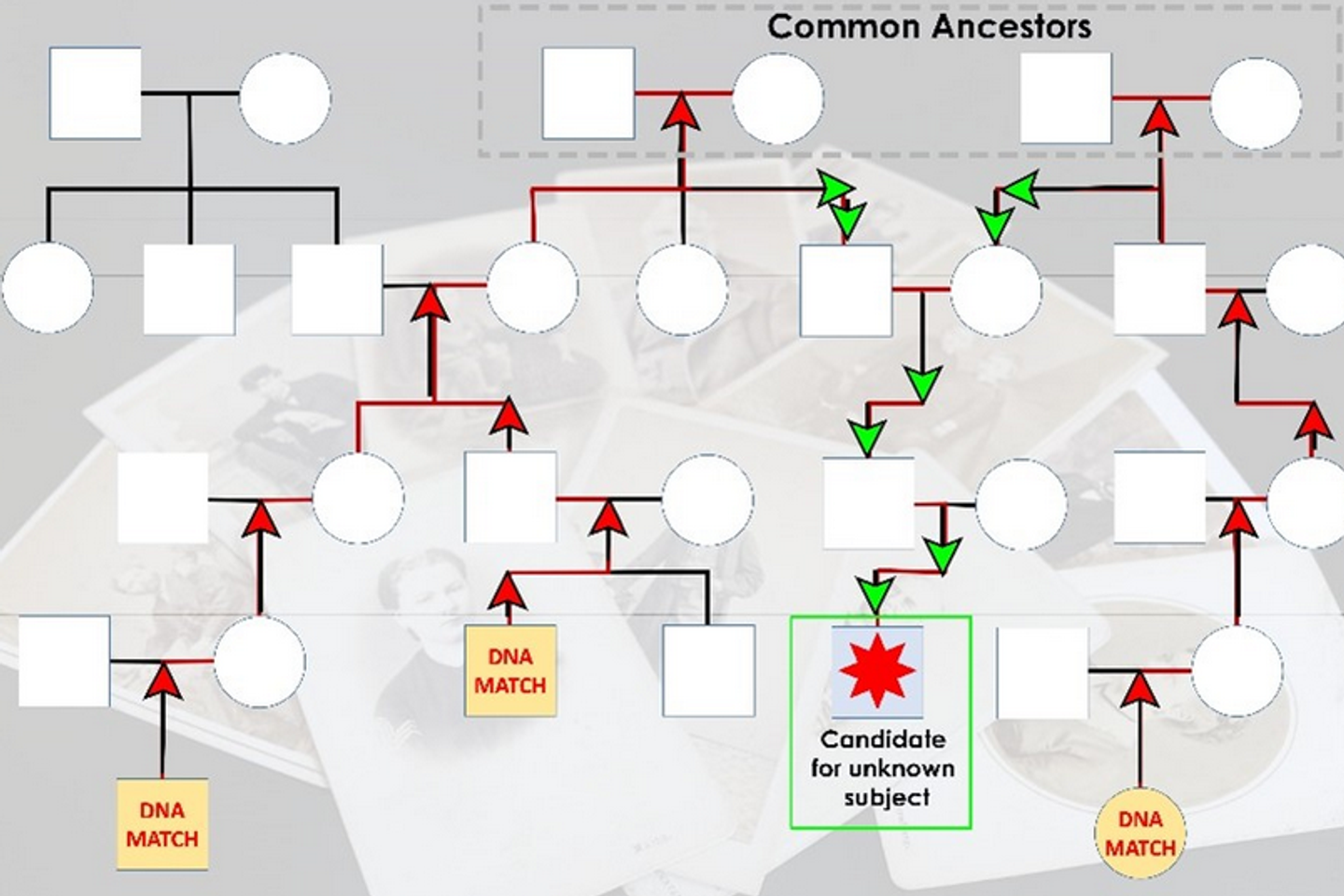Un chiffrement par substitution est un type de code secret dans lequel chaque lettre est remplacée par une autre. Il est par exemple possible de simplement décaler chaque lettre d’un certain nombre de rangs dans l’alphabet.
Oh soxv fhoheuh gh fhv frghv hvw vdqv grxwh oh fkliiuh gh Fhvdu, xwlolvh sdu Mxohv gdqv vhv fruuhvsrqgdqfhv frqilghqwlhoohv. Lo frqvlvwh d ghfdohu fkdtxh ohwwuh gh wurlv udqjv, pdlv mh qh yrxv dssuhqgv ulhq sxlvtxh yrxv hwhv hq wudlq gh oluh fhwwh skudvh.
Si l’on se contente d’un tel décalage, il y a autant de possibilités que de lettres, c’est-à-dire 26 (ou 25 si on exclut le décalage de 0 rang qui laisse le message inchangé). Mais si l’on mélange complètement les lettres, le nombre de combinaisons explose : il y a 403 291 461 126 605 635 584 000 000 (403 quadrillions et des poussières) permutations des vingt-six lettres, ce qui rend impossible de toutes les tester, même informatiquement. Est-il pour autant impossible de déchiffrer un tel code ?
O qhxnhx, xs c o ew vhet qsevnv qor los, qneh fex jneyhoxv ojnxh so rnsevxnw y’ew tpohobxo o rebrvxvevxnw : so tnlqohoxrnw rvovxrvxz [rxt]. Xs c o qser y’O fe’xs w’c o y’X yowr ew yxrtnehr uhowtoxr. Oerrx, xs c o qser y’X fe’xs w’c o y’E ne y’E fe’xs w’c o y’C… Xs reuuxv ynwt, qohoxv-xs, y’ottnlqsxh so tnlqohoxrnw qneh ojnxh so rnsevxnw. Roeu rx s’xwyxjxye [lnx, L. Soewoc] fex o qnwye s’nhxgxwos tpohobxo, tnwvnehwowv so snx, w’ero doloxr yowr ro unhlesovxnw ye qser bowos : sex, so, fex o ro qnrxvxnw rexjowv Y ne ojowv U. Rx ve or tnlqhxr to : bhojn !
Il vous reste 3.1% de cet article à lire. La suite est réservée aux abonnés.















